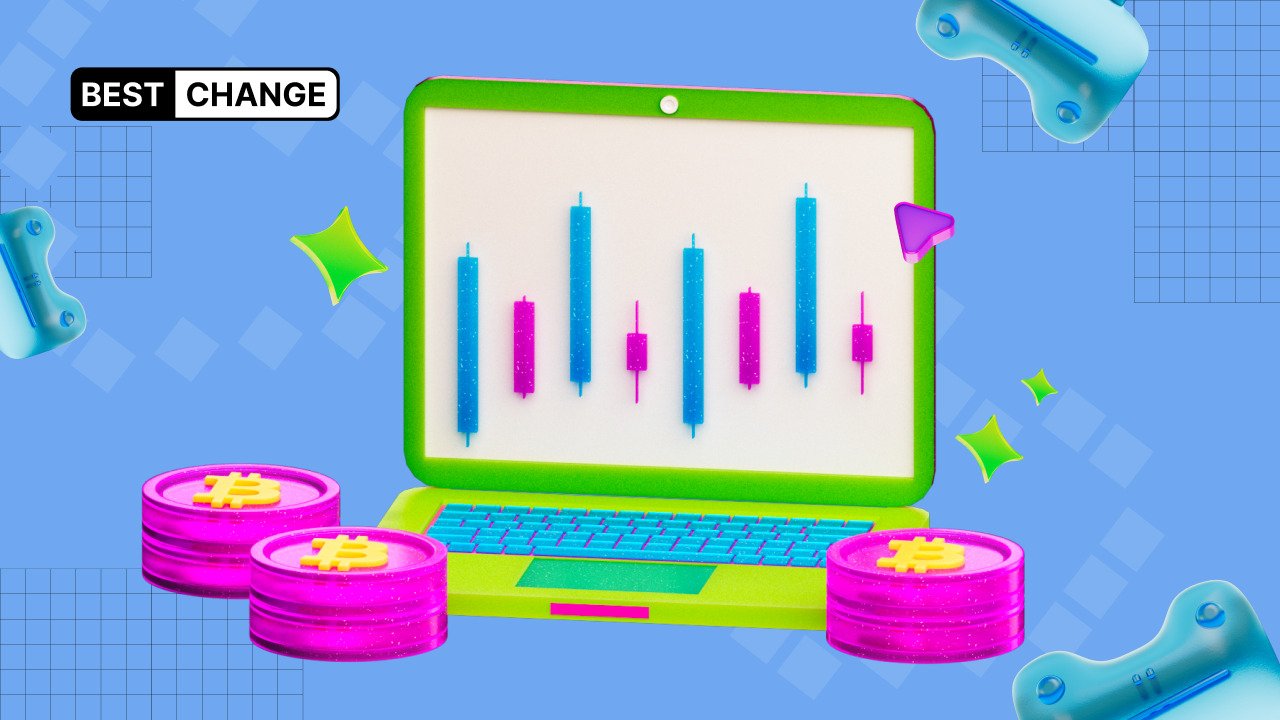Tokenomics: how an economic model determines the success of a crypto project

The crypto market already has tens of thousands of projects, and the market capitalization of more than 80 of them exceeds $1 billion. Before making decisions, investors pay attention to key indicators of crypto projects — one of the most important being tokenomics.
What is tokenomics?
Tokenomics is the economic model underlying a given digital asset (cryptocurrency or token). In a sense, tokenomics is analogous to a business model for traditional companies — the success of a crypto project largely depends on it.
Statistics show that over 50% of all cryptocurrencies ever listed on exchanges have ceased to exist and turned into "ghost tokens," with poor tokenomics being one of the main reasons for failure. According to CoinGecko analytics, from 2021 to 2025, out of 7 million cryptocurrencies, only about 3.4 million "survived."
Other studies indicate that projects with well-thought-out tokenomics generally maintain more stable market capitalization during periods of crypto market volatility.
Tokenomics plays a crucial role in shaping long-term demand for a cryptocurrency. The tokenomics of any project is based on four key components:
- Supply
- Distribution
- Utility
- Demand
Supply
Supply refers to the total emission — in other words, the total available amount of a cryptocurrency. In tokenomics, emission can take three forms:
- Fixed: The total supply will not change in the future. Examples include Bitcoin (BTC), XRP (XRP), Cardano (ADA), and Litecoin (LTC);
- Inflationary: The supply is unlimited and increases over time. Examples: Ethereum (ETH), Solana (SOL), TRON (TRX), and Dogecoin (DOGE);
- Deflationary: The supply decreases over time through token burning. Examples include BNB (BNB) and Shiba Inu (SHIB), whose teams regularly burn tokens.
The scarcer an asset is, the higher its price will be — provided demand grows. A prime example is Bitcoin (BTC), the first and largest cryptocurrency by market capitalization, which, as of October 2025, trades at $123,000, having risen more than 30% since the beginning of the year. Bitcoin has a fixed supply of 21 million BTC, of which 19.9 million are currently in circulation.
Note: The team may modify tokenomics, including total supply, as the project evolves. For instance, Ethereum originally had no emission limit. However, in 2022, developers implemented The Merge update, which introduced a token-burning mechanism that made ETH partially deflationary.
Thanks to this burning mechanism, ETH's emission rate has slowed: according to CryptoQuant, over the past three years, the total supply increased from 120.5 million to 121.17 million — just 0.5%. Moreover, between October 2022 and April 2024, ETH's supply actually dropped to 120.08 million.
Distribution
This component of tokenomics reflects how fairly the cryptocurrency is distributed among community members. A high concentration of tokens in the hands of the team, insiders, or venture funds may alarm investors due to the risk of a price crash caused by mass sell-offs.
According to tokenomics principles, crypto assets can be distributed among participants in various ways:
- Mining (including liquidity mining);
- Staking;
- Token sales (ICO, IDO, IEO, etc.);
- Airdrops — free token distributions for ecosystem activity;
- Rewards through promotions or loyalty programs.
Utility
To maintain demand, a token must have utility — real value for users within the ecosystem. In tokenomics, digital assets can serve for:
- Paying network fees;
- Granting governance rights (DAO);
- Providing access to exclusive features;
- Paying for goods and services.
For example, ETH and SOL are used not only to pay gas fees but also to purchase NFTs on marketplaces and provide liquidity on decentralized exchanges (DEXs), maintaining high demand for these altcoins.
Uniswap's team allows holders of its native token UNI to vote on protocol development proposals and repurchase tokens for burning.
Demand
One of the main goals of tokenomics is to ensure long-term demand for a token. A project should not only issue a token but also integrate it into its ecosystem so that users are motivated to use and hold it. Well-designed tokenomics creates economic incentives for all participants — users, validators, developers, and investors.
Examples include Aave and Uniswap, decentralized protocols whose combined revenue in September 2025 reached $600 million, over 76% higher than in March. This demonstrates the soundness of their tokenomics.
In Aave, the AAVE token incentivizes liquidity providers and stakers by offering protocol insurance and additional yield, which in turn fosters long-term demand and reduces circulating supply.
Uniswap, in turn, has integrated the UNI token into governance and liquidity provider rewards, making user participation both profitable and essential for platform operation.
Examples of successful tokenomics
A notable example of successful tokenomics is BNB (BNB). Since its 2017 launch, the maximum supply has been reduced from 200 million to 139 million BNB, a decrease of over 30%. Over the past year alone, BNB's price surged more than 125%, surpassing $1,300, while its market cap more than doubled to $181 billion.
Ethereum and Solana are also examples of projects with effective tokenomics, thanks to their staking mechanisms that enable investors to earn passive income.
In just two years, the number of staked ETH tokens increased by 26% to 34.2 million, and SOL — more than 3.5x to 43.2 million.
Examples of unsuccessful tokenomics
An example of poor tokenomics is the official meme coin of the current U.S. President, TRUMP, launched in early 2025.
According to analysts, the team controls 80% of the total supply (1 billion TRUMP tokens), which, experts say, creates significant opportunities for speculation.
